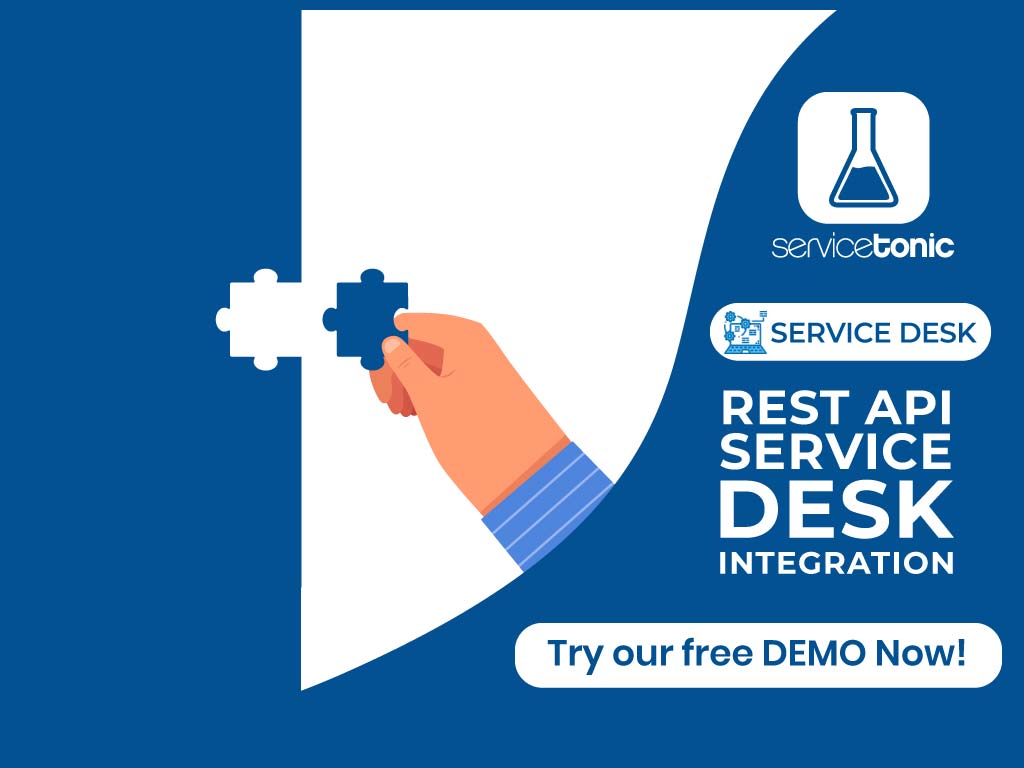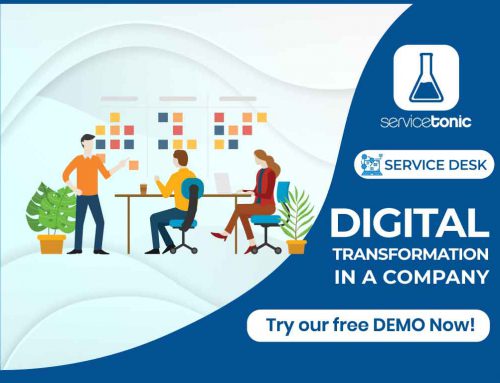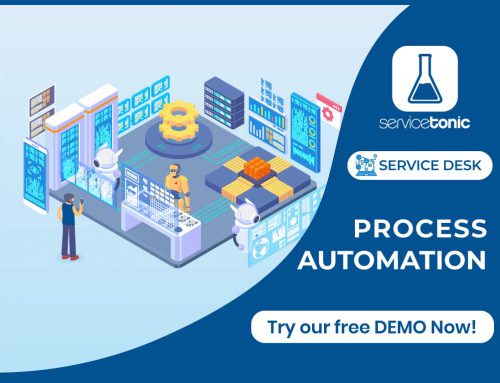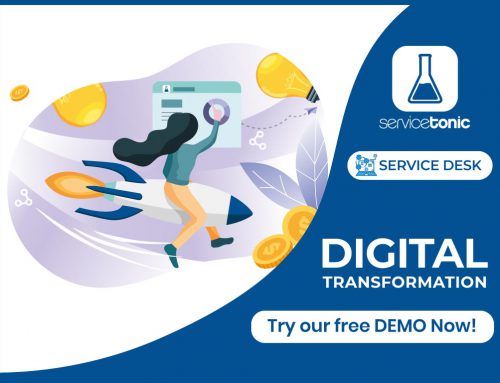Table of Contents
ServiceTonic Features Preview
ServiceTonic expands the possibilities of Integration to retrieve or update data from a REST call.
Posibilities Expanded
In the Data Recovery Web Service, the call to the REST service returns a set of STRINGS that are automatically converted to the data type of the linked fields in the Service Desk.
In the Data Update Web Service, the REST Integrator can be invoked from a button in the Ticket edition or executing a process through a Business Rule integrating the response, be it Plane Text, JSON or XML.
Integration
Integration with REST allows any interface between systems using HTTP to obtain data or generate operations on that data in all possible formats, such as XML and JSON.
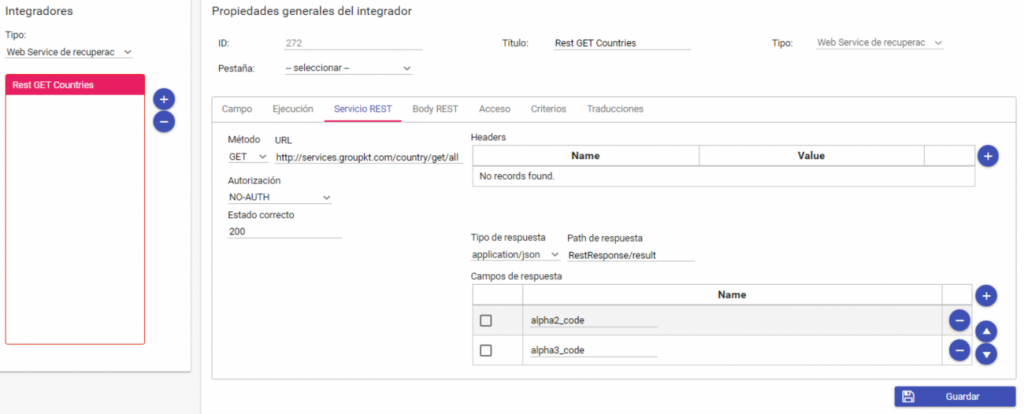
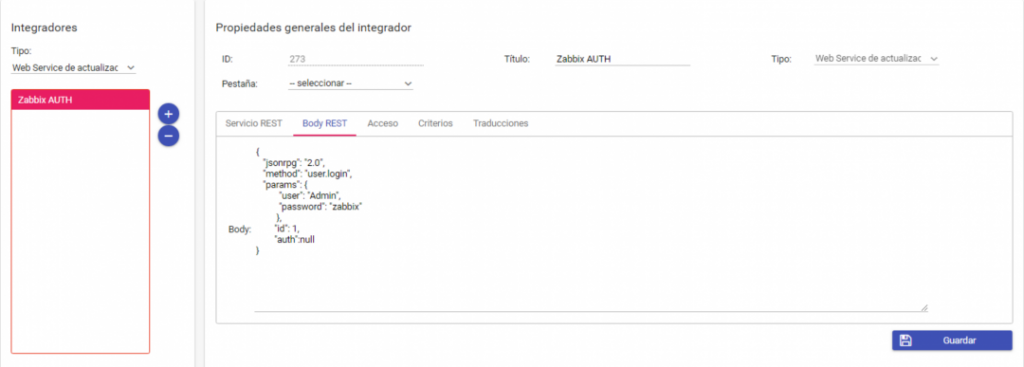
Advantages
Advantages in development provided by REST
Separation between the client and the server
The REST protocol completely separates the user interface of the server and the storage of data:
- Improves portability to other types of platforms.
- Increase the scalability of projects.
- It allows the different components of developments to evolve independently.
Visibility, reliability and scalability.
The separation between client and server allows the development team to:
- Escalate the product without many problems
- Migrate to other servers or make all kinds of changes in the database, as long as the data of each of the requests are sent correctly.
- Having front and back in different servers and that makes applications more flexible when working.
The REST API is independent of the type of platforms or languages
The REST API always adapts to the type of syntax or platforms with which you are working, offering:
- Great freedom when changing or testing new environments within development.
- With a REST API you can have PHP, Java, Python or Node.js servers.
- It is essential that responses to requests are always made in the information exchange language used, usually XML or JSON.

